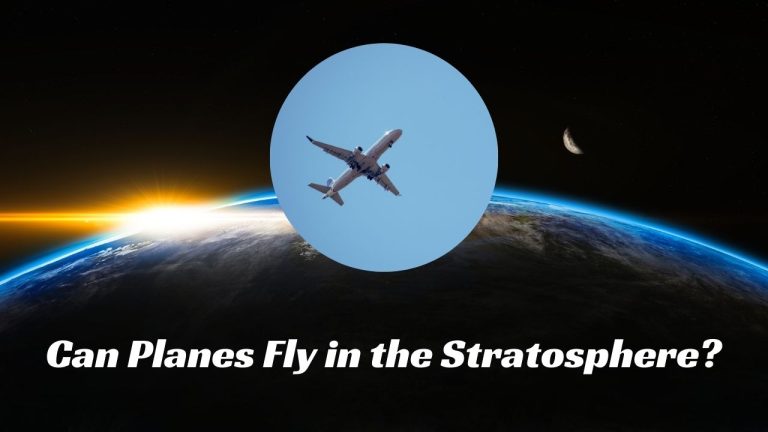In the realm of aviation, the stratosphere stands as a lofty frontier, captivating the imagination of pilots, engineers, and enthusiasts alike. But amidst the awe-inspiring expanse of this atmospheric layer, a pertinent question arises: Can planes indeed navigate and fly within the stratosphere? Join us as we delve into this intriguing query, uncovering the nuances and possibilities of stratospheric flight.
Understanding the Stratosphere: A High-Flying Realm
What is the Stratosphere?
The stratosphere, situated above the troposphere and extending approximately 10 to 50 kilometers above the Earth’s surface, represents a distinct layer of the atmosphere. Noteworthy for its stable characteristics and stratified temperature distribution, this region plays a pivotal role in shaping global weather patterns and atmospheric dynamics.
Unique Characteristics of the Stratosphere
Within the stratosphere, a defining feature emerges: the presence of the ozone layer. This crucial atmospheric component, concentrated in the lower portion of the stratosphere, serves as a shield against harmful ultraviolet radiation, safeguarding life on Earth.
Read Also: Can Planes Fly in Heavy Rain?
Can Planes Conquer the Stratosphere?
The Challenges of High-Altitude Flight
Embarking on a journey into the stratosphere poses formidable challenges for aircraft and aviators alike. As planes ascend to higher altitudes, they encounter reduced air density and frigid temperatures, necessitating specialized equipment and meticulous planning to ensure safe and efficient flight operations.
Stratospheric Aircraft: Engineering Marvels
In the pursuit of stratospheric exploration, engineers have developed specialized aircraft tailored to withstand the rigors of high-altitude flight. Equipped with powerful engines, advanced aerodynamic designs, and pressurized cabins, these cutting-edge aircraft exemplify the pinnacle of aviation technology.
The Role of Supersonic Flight
Advancements in supersonic technology have further expanded the possibilities of stratospheric flight. Supersonic aircraft, capable of exceeding the speed of sound, offer unparalleled speed and efficiency, facilitating rapid traversal of the stratosphere with unmatched precision and agility.
Read Also: Can Airplanes Fly in the Fog?
Unveiling the Potential of Stratospheric Flight
Scientific Research and Exploration
Beyond the realm of conventional aviation, stratospheric flight holds immense promise for scientific research and exploration. From atmospheric studies to space exploration initiatives, the stratosphere serves as a vital platform for unlocking new discoveries and pushing the boundaries of human knowledge.
Commercial Applications and Beyond
In addition to scientific endeavors, stratospheric flight harbors vast potential for commercial applications and technological innovation. From high-altitude telecommunications to aerial photography and environmental monitoring, the versatility of stratospheric platforms offers a myriad of opportunities for industry and enterprise.
Conclusion
In conclusion, while the challenges of stratospheric flight are undeniable, the allure of this high-flying realm beckons with boundless possibilities. With ongoing advancements in technology and aerospace engineering, the dream of navigating the stratosphere may soon become a tangible reality, ushering in a new era of exploration and discovery.
Read Also: Can Airplanes Fly in the Rain?

